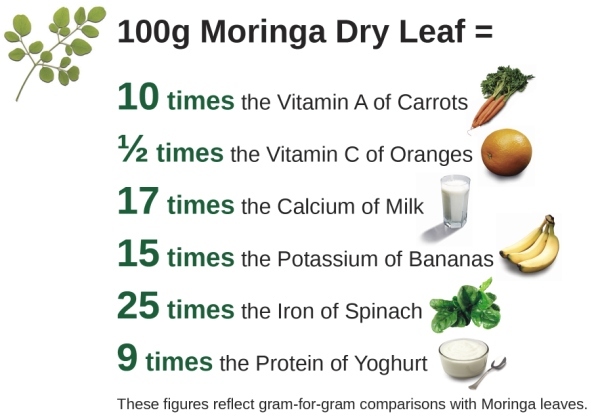 Lao Tzu, also known as Laozi, is a semi-legendary figure in Chinese history and is traditionally considered the author of the “Tao Te Ching,” a foundational text of Taoism. There is little historical data about his life, and much of what is known is derived from legends. According to tradition, Lao Tzu lived during the 6th century BCE, although some scholars suggest he may have lived in the 4th century BCE. He is said to have been a contemporary of Confucius, though this is debated.
Lao Tzu, also known as Laozi, is a semi-legendary figure in Chinese history and is traditionally considered the author of the “Tao Te Ching,” a foundational text of Taoism. There is little historical data about his life, and much of what is known is derived from legends. According to tradition, Lao Tzu lived during the 6th century BCE, although some scholars suggest he may have lived in the 4th century BCE. He is said to have been a contemporary of Confucius, though this is debated.
The most famous account of Lao Tzu’s life comes from Sima Qian’s “Records of the Grand Historian.” He was reportedly a keeper of the archives at the Zhou court, a position that allowed him access to a wealth of knowledge. Disillusioned with the moral decay of society, he is said to have left for the western border of China, riding an ox. There, a guard named Yinxi asked him to write down his wisdom, which resulted in the “Tao Te Ching.”
The “Tao Te Ching” explores themes such as the Tao (the Way), which is the ultimate creative principle of the universe, and Wu Wei (non-action), which advocates for aligning with the natural flow of things. It emphasises humility, simplicity, and the relativity of concepts like strength and weakness.
Lao Tzu’s teachings have had a profound influence on Chinese culture, philosophy, and beyond, with Taoism influencing fields such as traditional Chinese medicine, feng shui and martial arts.
The “Tao Te Ching” is a text consisting of 81 short chapters that encapsulate Lao Tzu’s teachings. It is traditionally divided into two sections: the “Tao” (Way) section and the “Te” (Virtue) section. In the title Tao Te Ching, the word “Ching” (or “Jing” in pinyin) means “classic,” “scripture,” or “ancient text.” It designates the work as a revered or canonical text in Chinese tradition. So, Tao Te Ching translates to “The Classic of the Way and Virtue” or “The Book of the Way and Its Virtue,” with “Ching” specifically referring to its status as an important, foundational book or scripture. Similarly, in the title I Ching (also spelled Yijing), the word “I” (易) means “change” or “changes.” The full title, I Ching (易經), translates as “Classic of Changes” or “Book of Changes.” I Ching is an ancient Chinese classic focused on the concept of change, transformation, and the patterns underlying the universe.
Continue reading →
 Cutting edge research from neuroscientists at Georgetown University Medical Centre has shown that, ‘We are not recognizing words by quickly spelling them out or identifying parts of words, as some researchers have suggested. Instead, neurons in a small brain area remember how the whole word looks – using what could be called a visual ‘dictionary”. Read the full article in Journal of Neuroscience
Cutting edge research from neuroscientists at Georgetown University Medical Centre has shown that, ‘We are not recognizing words by quickly spelling them out or identifying parts of words, as some researchers have suggested. Instead, neurons in a small brain area remember how the whole word looks – using what could be called a visual ‘dictionary”. Read the full article in Journal of Neuroscience
















